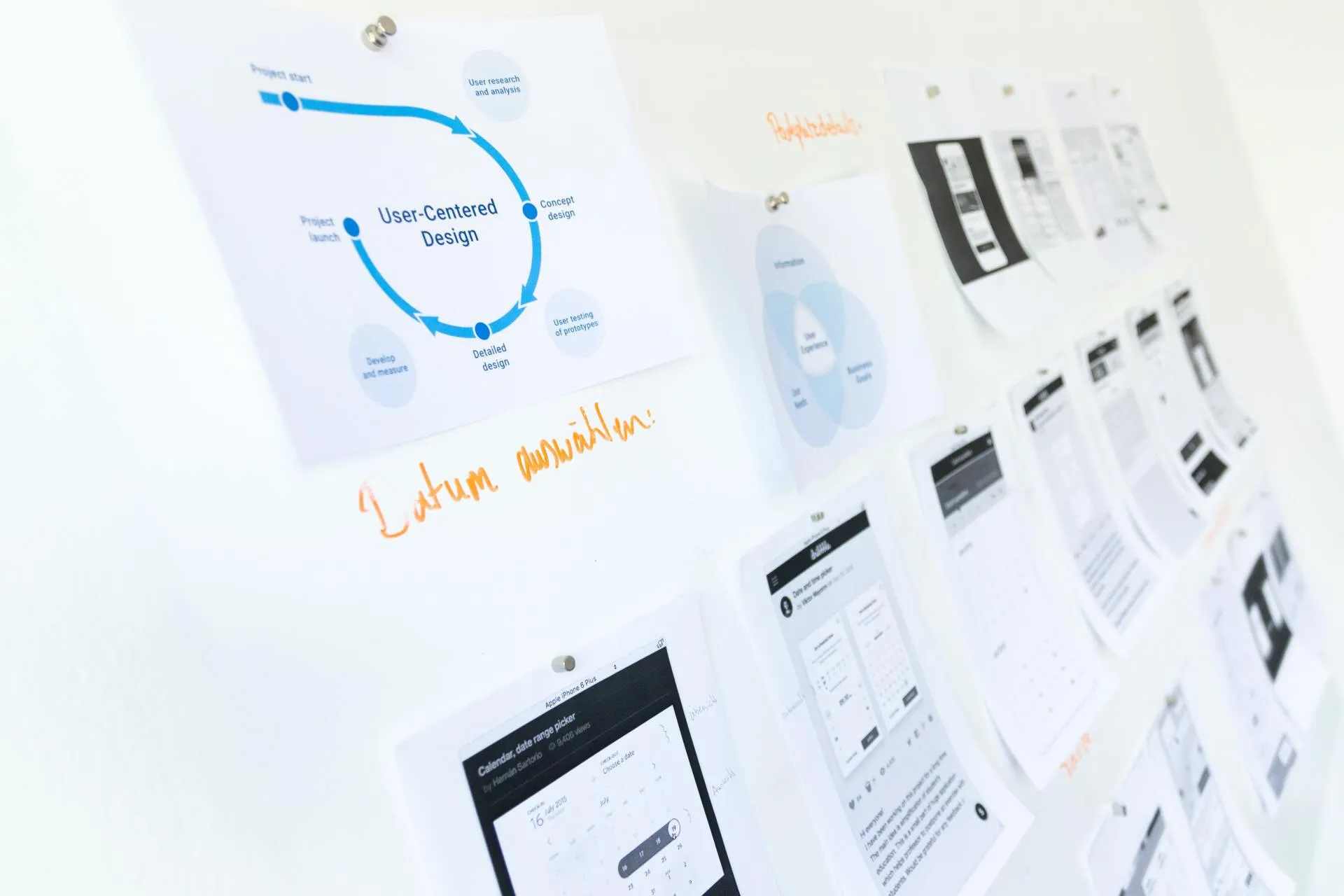
When producing content, it is important to add a call to action. This is because a good call to action can help you guide guests into taking action, thereby preventing them from just leaving your site. Without a call to action, visitors are more likely to page away from your site. This could cost you potential leads and could also leave existing customers clueless. For a call to action to be effective, it should be well-placed and well-executed. Discussed below are steps to create a successful and effective call to action.
Why Should I Use A Data-Driven Design Method
To create a meaningful call to action, you must ensure that your call to action clearly and deliberately guides your visitors or customers to the next logical step as they navigate through your page.
The questions below can be used to test your call to action. Your call to action is considered meaningful if it successfully answers the questions below.
-
Select an aspect of your website you want to create or change:
This is the first step in developing a data-driven design method. If you have no idea what aspect of your website to optimize, you can use your website metrics to get a general idea of areas you can optimize. You could also get more information about your website by creating surveys and questionnaires for existing users.
-
Selecting an area to enhance:
A basic rule of thumb in selecting an area to enhance is to select a website metric that falls below average and target it for optimization.
-
Determine what you would like to accomplish:
Now that you’ve selected an aspect of your website you’d like to enhance, the next step is to set a goal you’d like to accomplish in your design. Your goal might be to decrease page bounce rate or increase user engagement and conversion rate. Having an objective will help guide you on what types of data you should be collecting.
-
Create a hypothesis:
This is an official statement of your objectives for your web design. The ideal hypothesis should clearly state your goals and be specific. It should also contain other factors such as the indicators of a successful test, the target website visitor segment, and the test's reason. Before starting your hypothesis, you must also consider the monetary and physical cost of proving your hypothesis.
-
Define your tests:
This involves stating the data you intend to collect and how you’ll collect it. Data forms collected are either quantitative or qualitative data. Quantitative data refers to a numerical data form. Results from quantitative data are good objective indicators and can be used to observe the progress of set goals. Some of the most common methods for collecting quantitative data include site analytics, multivariate testing, surveys, heat maps, user flows, and interviews.
-
Qualitative Data:
On the other hand, qualitative data is usually used as a source of information on what users are thinking while engaging with your site. Qualitative insights can be obtained from existing websites whose opinions are evaluated on a staging site or their current site.
-
Gather data:
When gathering data, it is better to use a larger sample size as they provide better insights into your target user base.
-
Review your findings and present results:
The results from your quantitative data are compared with your hypothesis. This can then be used to see if your quantitative results are comparable with your anticipated outcome. Information about the outcome of changes made can also be seen, which can help influence later experiments. Statistical tests can also show the factors behind the results of design changes. It is advisable to check metrics regularly during the duration of testing,.
-
Always be ready to test, and test again:
Data-driven website design is a repetitive process with the results from one experiment determining the next. You must be ready to recalibrate designs as your products and branding evolve continuously.
To help ensure the success of your call to action, you should ensure that each call to action has a specific target. You should also ensure that each call to action you produce has a goal you want it to accomplish. A well-thought-out and executed call to action with a specific goal has a higher chance of success and results.
